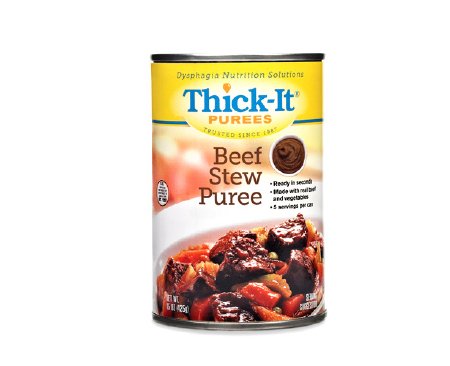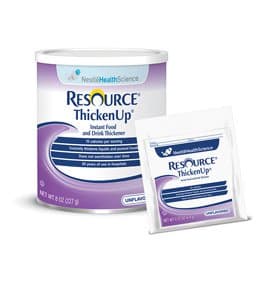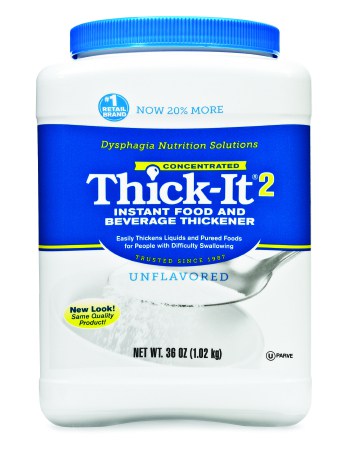Are you nervous about what you can eat after having ostomy surgery? Are you wondering if there are certain foods you should avoid? Are there any dietary restrictions that you should follow? We have a few diet tips and suggestions for you here to help clear up any worries.
Diet Tips for the 3 Types of Stomas
A stoma is an opening on the abdomen that is attached to your urinary or digestive tract to allow waste to be redirected out of the body. There are 3 main types of stomas: colostomy, ileostomy, and urostomy. Here are a few suggestions about your diet after each type of ostomy surgery.
Colostomy Diet Tips
When part of the colon is affected by a disease or if it is not working properly, a colostomy may be performed. The large intestine is disconnected from the rectum and rerouted to the abdominal wall as a new opening, called a stoma. A colostomy pouch is then attached to the stoma and is used to collect output which is then disposed of. A colostomy can be temporary to give the colon rest after surgery or it can be permanent if the person suffers from a disease such as cancer.
After a colostomy, a person may be more likely to become constipated. It is important to drink plenty of fluids such as water throughout the day to avoid constipation. Eating slowly and thoroughly chewing food will help with digestion and exercising regularly may keep you on a regular schedule. With a colostomy, there aren’t any dietary restrictions, but you may be more sensitive to foods right after surgery. It is recommended to try new foods in small portions to see if they affect you. Keeping a food journal will help you find if anythng doesn’t agree with you. Maintaining a healthy diet is always a good habit.
Ileostomy Diet Tips
 When an ileostomy is performed, the lowest part of the small intestine is disconnected from the large intestine and rerouted to the abdominal wall to form a stoma. This procedure can also be temporary when surgery was performed on part of the large intestine and this allows it to rest for a bit. An ileostomy may be permanent if the large intestine and rectum have been removed due to disease.
When an ileostomy is performed, the lowest part of the small intestine is disconnected from the large intestine and rerouted to the abdominal wall to form a stoma. This procedure can also be temporary when surgery was performed on part of the large intestine and this allows it to rest for a bit. An ileostomy may be permanent if the large intestine and rectum have been removed due to disease.
With an ileostomy, intake of more fluids than normal is very important. Normally, the stool thickens as it passes through the large intestine since this is where fiber is digested. In this case, the small intestine is doing all the work, so the output will be less solid. It is also important to limit foods high in fiber to avoid blockage since the large intestine is missing from the digestive process. Chewing your food well and sticking to small frequent meals throughout the day can also help to regulate the function of your stoma and result in less frequent changes of your ileostomy pouch.
Urostomy Diet Tips
 When a person has bladder cancer, a birth defect, or a serious spinal cord injury, a urostomy may be necessary due to the bladder either not functioning normally or having to be removed. The ureters are detached from the bladder and then reattached to a small piece of the bowel that has been removed. That piece of the bowel is then attached to the abdominal wall that redirects urine from the kidneys and into a bag.
When a person has bladder cancer, a birth defect, or a serious spinal cord injury, a urostomy may be necessary due to the bladder either not functioning normally or having to be removed. The ureters are detached from the bladder and then reattached to a small piece of the bowel that has been removed. That piece of the bowel is then attached to the abdominal wall that redirects urine from the kidneys and into a bag.
As with the other 2 types of ostomy surgeries, it is important to get the necessary fluids to avoid the risk of a urinary tract or kidney infection. Continuously flushing the urinary system by taking in enough water, eating foods high in Vitamin C, and drinking cranberry juice can help. Studies have shown that cranberry juice works to fight against bacterial growth and has been effective in preventing urinary tract infections.
As you can see, after ostomy surgery there really aren’t that many specific changes you’ll need to make. To sum it up, the main suggestions that are common for all types of stoma surgeries are:
- Intake plenty of fluids.
- Chew your food well.
- Eat smaller, more frequent meals throughout the day.
Keep an eye on certain foods and beverages that may produce changes to the output or health of your stoma and always consult your doctor about any concerns.
For any questions about the ostomy products we carry for these types of ostomy surgeries, please give us a call and one of our Product Experts will be happy to discuss the options we offer.

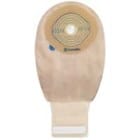


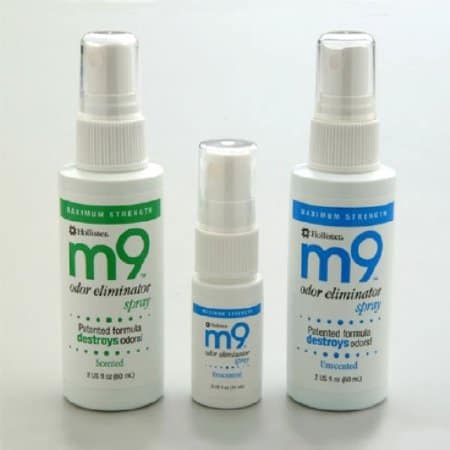



 It can be difficult to remember when you need to reorder your home delivery medical supplies. We can take the hassle out of this and make your life easier with our Automatic Delivery Program. You choose the frequency you would like your supplies to arrive and we take care of the rest. With this program you will also save 5% on your home delivery medical supplies on every future shipment. You will never have to worry about running out of your supplies again!
It can be difficult to remember when you need to reorder your home delivery medical supplies. We can take the hassle out of this and make your life easier with our Automatic Delivery Program. You choose the frequency you would like your supplies to arrive and we take care of the rest. With this program you will also save 5% on your home delivery medical supplies on every future shipment. You will never have to worry about running out of your supplies again!

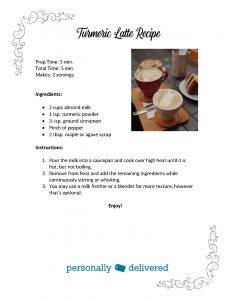
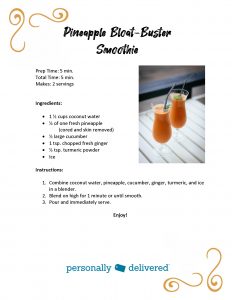
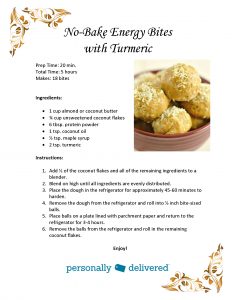


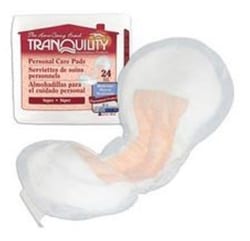

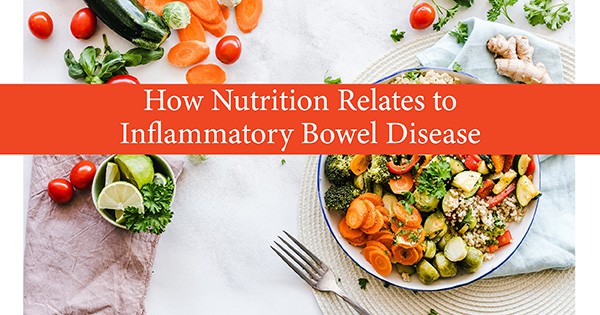
 When a person suffers from Crohn’s disease or ulcerative colitis, they suffer from inflammatory bowel disease (IBD). This disease affects the digestive system and impacts a person’s nutrition in many different ways. Making choices about which foods to eat might become challenging because some of them may worsen symptoms related to this disease.
When a person suffers from Crohn’s disease or ulcerative colitis, they suffer from inflammatory bowel disease (IBD). This disease affects the digestive system and impacts a person’s nutrition in many different ways. Making choices about which foods to eat might become challenging because some of them may worsen symptoms related to this disease.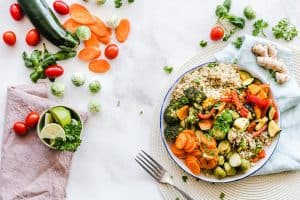 There is some misconception of how a person’s diet is related to IBD. It is true that some foods may aggravate the symptoms when a flare-up is present, but the foods themselves are not the root cause of IBD. The disease itself is what causes the inflammation.
There is some misconception of how a person’s diet is related to IBD. It is true that some foods may aggravate the symptoms when a flare-up is present, but the foods themselves are not the root cause of IBD. The disease itself is what causes the inflammation.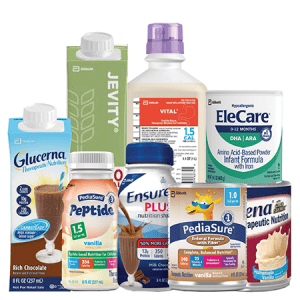 Of course, the end goal of IBD is to decrease the amount of inflammation that causes the onset of the symptoms. You should always consult with your doctor first, but certain products can offer nutritional support that may reduce inflammation.
Of course, the end goal of IBD is to decrease the amount of inflammation that causes the onset of the symptoms. You should always consult with your doctor first, but certain products can offer nutritional support that may reduce inflammation.
 In the summer, all kinds of activities and events occur outdoors. Managing incontinence in the summer can be difficult. Fewer articles of clothing are worn, making it tricky to make those products less visible underneath bathing suits and shorts.
In the summer, all kinds of activities and events occur outdoors. Managing incontinence in the summer can be difficult. Fewer articles of clothing are worn, making it tricky to make those products less visible underneath bathing suits and shorts.
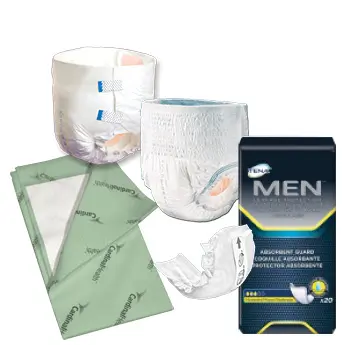

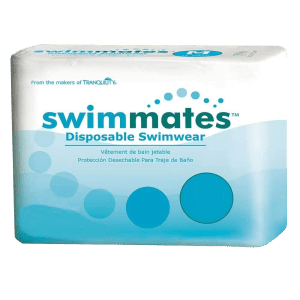




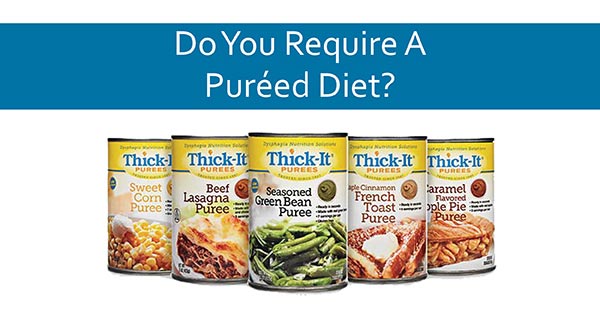
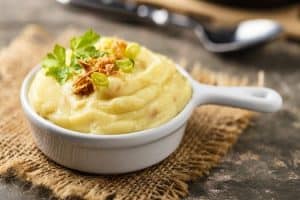 Pureed food and beverages can be helpful if you are experiencing difficulty with chewing, swallowing, or fully digesting solid foods. If you recently had bariatric surgery, you may now require your food to be blended, ground, or pressed.
Pureed food and beverages can be helpful if you are experiencing difficulty with chewing, swallowing, or fully digesting solid foods. If you recently had bariatric surgery, you may now require your food to be blended, ground, or pressed.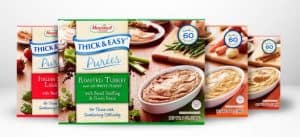
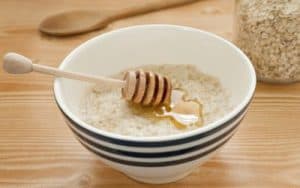 Soft fruits like peaches, cantaloupe, and bananas
Soft fruits like peaches, cantaloupe, and bananas
